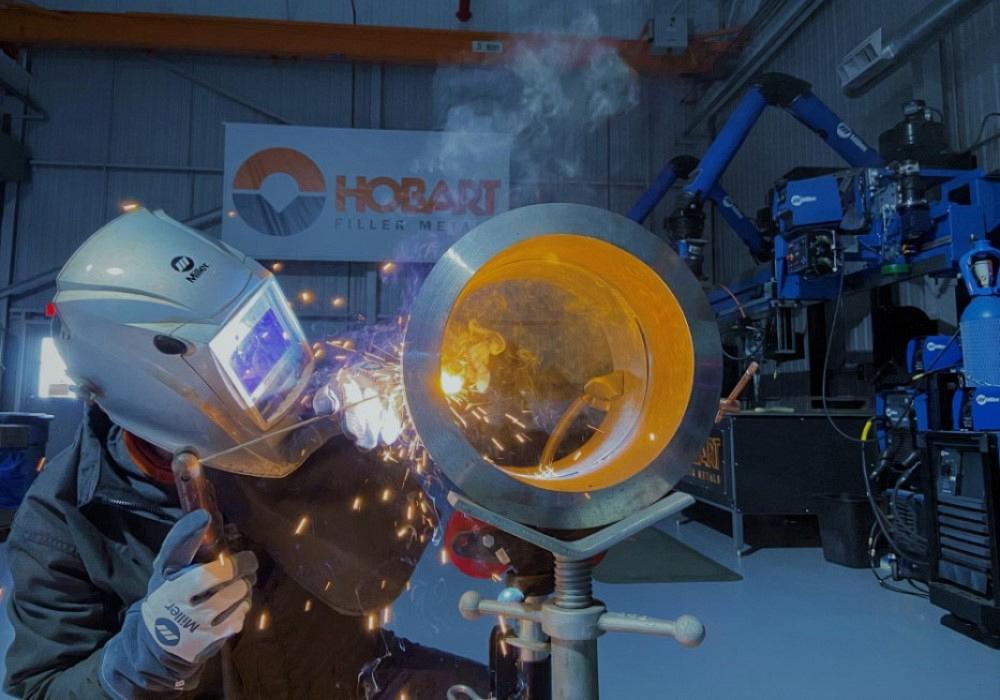Ideal Practices for Preventing Weld Undercut: Understanding the Essentials
Ideal Practices for Preventing Weld Undercut: Understanding the Essentials
Blog Article
Mastering the Art of Welding: Just How to Stay Clear Of Undercut Welding Issues for Flawless Construction Results
By understanding the root causes of undercut welding and executing reliable strategies to avoid it, welders can elevate their craft to new degrees of excellence. In the quest of perfect manufacture results, mastering the art of welding to avoid undercut problems is not just an ability yet a necessity for those striving for perfection in their work.
Comprehending Undercut Welding

To avoid undercut welding, welders ought to make sure correct welding parameters, such as changing the existing, voltage, traveling speed, and preserving the right electrode angle. Furthermore, utilizing the suitable welding strategy for the certain joint arrangement is crucial. Using weaving activities or backstepping techniques can aid ensure appropriate weld steel deposition and decrease the likelihood of undercut development. Regular assessment of welds throughout and after the welding procedure is additionally crucial to capture any kind of undercut early and make necessary modifications to avoid additional flaws. Preventing weld undercut. By recognizing the root causes of undercut welding and executing safety nets, welders can attain top notch, structurally sound welds.
Reasons For Undercut in Welding
Recognizing the factors that add to damage in welding is important for welders to generate top notch, structurally audio welds. Damaging takes place when the weld metal does not effectively load the groove formed in between the base steel and the previously transferred weld steel. A number of factors can lead to undercut in welding. One usual cause is extreme warmth input. Welding at heats for extensive durations can cause the base steel thawing greater than preferred, resulting in undercut. Insufficient welding incorrect or existing welding speed can additionally add to damage. Not enough current might not supply adequate warm to thaw the base and filler steels adequately, while too much rate can protect against correct blend, creating undercut. Additionally, inappropriate electrode angles or incorrect lantern adjustment strategies can develop areas of reduced weld steel deposition, advertising undercut. Understanding these reasons and carrying out proper welding techniques can assist avoid undercutting problems, ensuring durable and strong welds.
Techniques to Stop Undercutting

To reduce the threat of damaging in welding, welders can employ strategic welding techniques intended at improving the high quality and integrity of the weld joints. One reliable technique is to readjust the welding specifications, such as voltage, existing, and take a trip rate, to make sure appropriate warm input and deposition. Keeping an ideal electrode angle and making sure constant traveling rate can likewise aid prevent undercut. Additionally, making use of the appropriate welding technique for the specific joint setup, such as weave or stringer beads, can contribute to decreasing undercutting. Preventing weld undercut.
In addition, proper joint preparation, including making sure clean base materials devoid of pollutants and utilizing the proper welding consumables, is critical in preventing undercut flaws. Utilizing back-step welding strategies and managing the weld bead account can likewise assist disperse warmth uniformly and minimize the risk of undercut. Regular inspection of the weld joint throughout and after welding, along with carrying out high quality assurance steps, can assist in identifying and resolving damaging problems without delay. By carrying out these methods faithfully, welders can accomplish flawless fabrication results with marginal undercut flaws.
Value of Proper Welding Specifications
Selecting and maintaining proper welding parameters is crucial for accomplishing successful welds with minimal defects. Welding parameters describe variables such as voltage, existing, travel rate, electrode angle, and protecting gas circulation price that directly influence the welding procedure. These parameters should be carefully readjusted based on the kind of product being welded, its thickness, and the welding technique employed.
Appropriate welding parameters guarantee the appropriate amount of heat is related to melt the base steels and filler product consistently. If the specifications are set too high, it can cause too much warm input, creating burn-through, distortion, or spatter. On the other hand, if the parameters are also reduced, insufficient blend, absence of infiltration, or damaging may happen.
Quality Control in Welding Operations

Verdict
To conclude, grasping the art of welding requires a comprehensive understanding of undercut welding, its causes, and methods to stop it. By making certain appropriate my review here welding criteria and implementing high quality guarantee practices, perfect manufacture outcomes can be attained. It is necessary for welders to constantly aim for quality in their welding procedures to avoid undercut issues and generate top quality welds.
Undercut welding, an usual problem in welding procedures, takes place when the weld metal does not effectively load the groove and leaves a groove or clinical depression along the welded joint.To stop undercut welding, welders should ensure proper welding parameters, such as changing the current, voltage, traveling speed, and maintaining the appropriate electrode angle. Poor welding incorrect or present welding rate can likewise contribute to undercut.To alleviate the risk of damaging in welding, welders can use critical welding strategies intended at improving the high quality and stability of the weld joints.In conclusion, understanding the art of welding requires a thorough understanding more helpful hints of undercut welding, its causes, and methods to avoid it.
Report this page